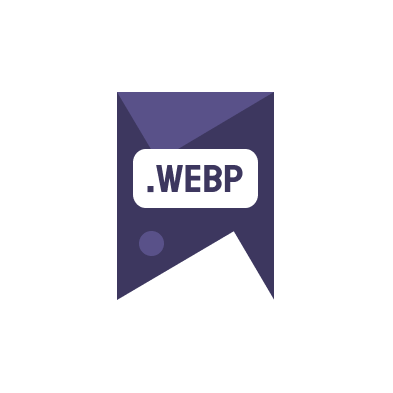Optimizing images for the web is a critical step in improving website performance and user experience. In this guide, we’ll explain how you can automate image optimization with GitHub Actions, specifically converting images to WebP format, which can significantly reduce file sizes while maintaining high quality.
Understanding the Importance of Image Optimization
In the digital age, website performance is paramount. High-quality images can enhance visual appeal but often come at the cost of increased page load times. Image optimization helps in reducing file sizes, which can considerably speed up your website. Converting images to WebP, a modern image format, provides superior compression and quality characteristics compared to traditional formats such as JPEG or PNG.
Setting Up Your GitHub Repository for Automation
Firstly, you’ll need a GitHub repository where your website’s images are stored. GitHub Actions, an automation tool within GitHub, enables you to create workflows that automatically process files within your repository based on certain triggers, such as push or pull requests.
Creating a GitHub Action Workflow for Image Conversion
Here is a simple step-by-step process to set up a GitHub Action to convert images to WebP format automatically:
- Create a new file named
.github/workflows/image-optimization.ymlin your repository. - Define the workflow to trigger on push events to branches where image updates are frequent.
- Use an action such as Image Actions, which can resize and convert images to WebP format automatically.
- Configure the action to compress and convert only the images that are new or have been modified.
This automation not only saves time but also ensures that all images are consistently optimized without manual intervention.
Benefits of Using GitHub Actions for Image Optimization
Automating image optimization with GitHub Actions comes with several benefits:
- Efficiency: Automatically handles image conversion tasks, saving you time and effort.
- Consistency: Ensures every image is optimized according to preset standards, improving the overall quality and performance of your site.
- Scalability: Easily manage image optimization across multiple projects and repositories.
By automating the image optimization process, developers and content creators can focus more on other aspects of website and application development.
Examples and Additional Resources
For those new to GitHub Actions or WebP conversion, here are a few resources that might help:
- A comprehensive tutorial on GitHub Actions: GitHub Actions Documentation
- Learn more about WebP format: WebP on Wikipedia
If you need further assistance with your optimization needs, feel free to contact us.
Conclusion
Automating the process of image optimization using GitHub Actions is an efficient and effective way to improve website performance. By incorporating this automation into your development workflow, you can ensure that all images are consistently optimized, enhancing both loading times and user experience.
To learn more about converting your images to WebP online for free, visit Image to webp online free.

